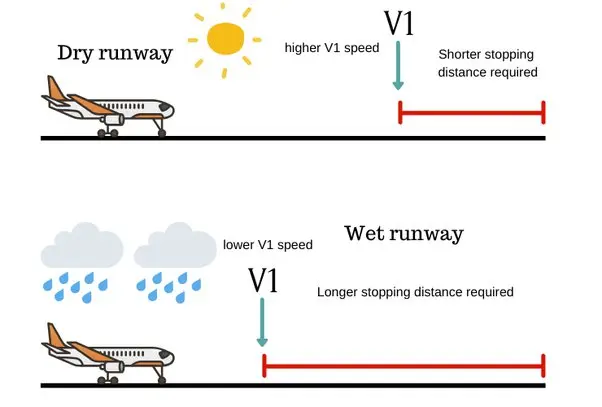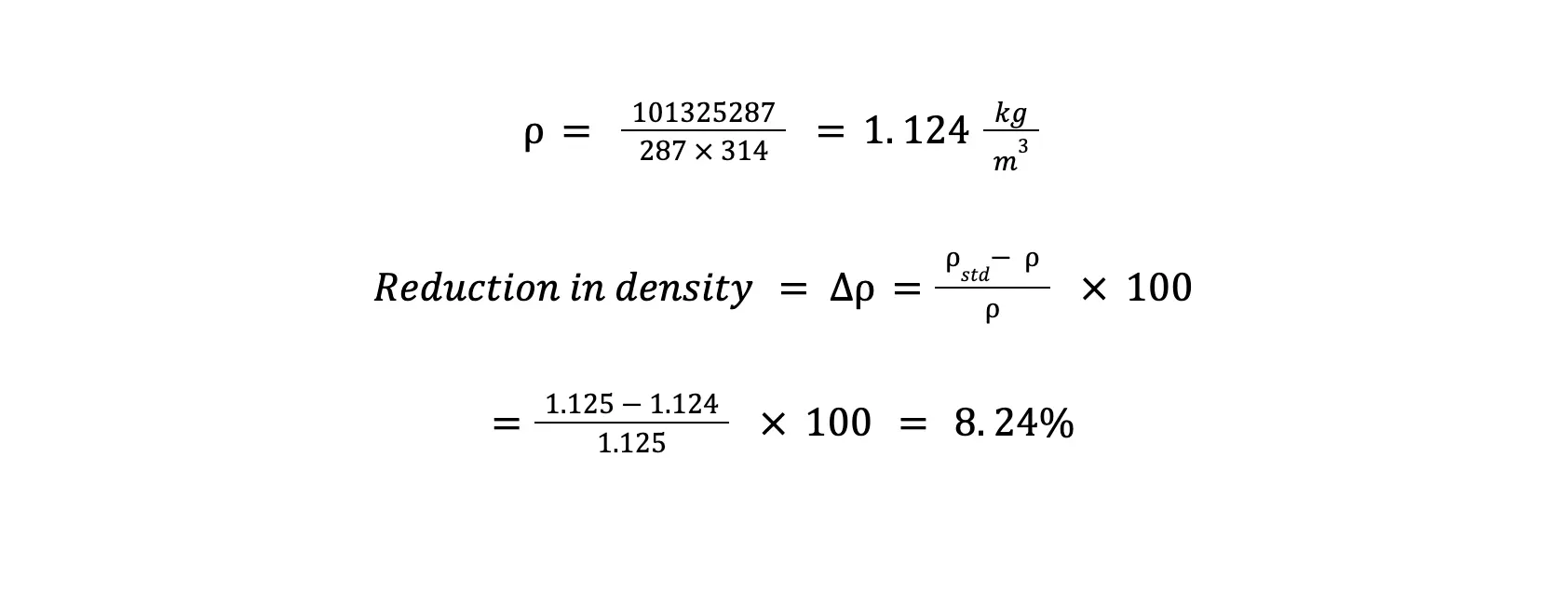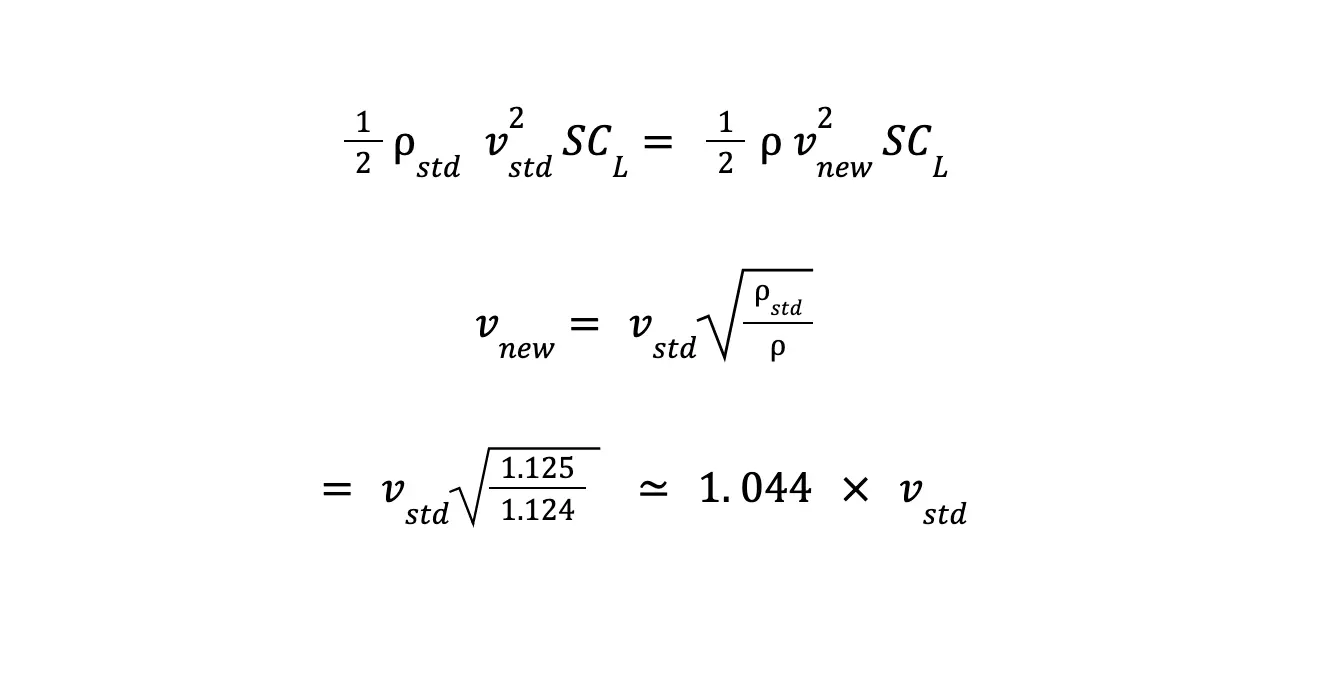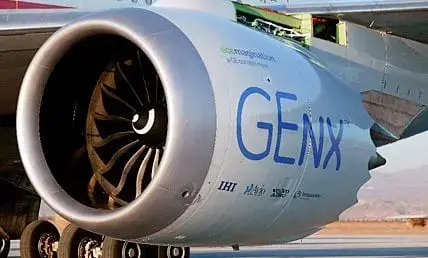Introduction
On June 12, 2025, a devastating plane crash in Ahmedabad, India, claimed over 260 lives when Air India flight AI-171, a Boeing 787-8 Dreamliner, crashed shortly after takeoff from Sardar Vallabhbhai Patel International Airport. The plane, bound for London Gatwick, fall down into the Meghani Nagar residential area, striking a medical college hostel. With only one survivor, this tragedy is one of India’s deadliest aviation disasters.
The day was extremely hot, with temperatures reaching 41°C (105.8°F), raising questions about how climate change and high temperatures may have contributed. In this article, I will be exploring the role of heat, climate change, and environmental-technical issues in aviation safety and also scope of research regarding improvement to avoid unfortunate incident.
In this article, I will discussed :
1. The Ahmedabad Tragedy : What Happened?
2. How high temperature impact aircraft
The Triple H- effect ( High Altitude, High Temperature, and High Humidity)
Density Altitude
Lift Generation
Jet Engine Performance and Thrust Reduction in Hot Air
Hydraulic Fluid System and Viscosity Reduction
Fuel Volatility and Vapour Pressure
Runway Length Requirement
3. Bird Strike Risk : Environmental-Biological Interface
4. Urban Heat Island (UHI) : Hotter Days, Bigger Risks
5. Lesson to be learnt from Deadliest Aviation Tragic happened in Ahmedabad 2025
6. Conclusion
1. The Ahmedabad Tragedy: What Happened
Air India flight AI-171, carrying 230 passengers and 12 crew members, took off at 1:38 PM IST on June 12, 2025. Just 30 seconds later, after reaching a height of only 625 feet, the plane issued a MAYDAY call and crashed. The aircraft, an 11-year-old Boeing 787-8 (registration VT-ANB), was heavily fueled for its long-haul journey, intensifying the fireball upon impact. Preliminary reports suggest issues like unretracted landing gear, unresponsive flaps, and possible engine failure, potentially due to a bird strike. The Aircraft Accident Investigation Bureau (AAIB) is still investigating, with one black box recovered but no final cause confirmed as of June 13, 2025.
2. How High Temperatures Impact Aircraft
The triple-H effect
High altitude, high temperature, and high humidity create less dense or thinner air, contributing to high density altitude and impacting aircraft and engine performance.
The thinner air results in longer takeoff and landing distances and degraded climb performance resulting in shallow climb gradients.

The lower air density reduces the power output from an aircraft's engine and also requires to move faster to create enough lift to take off. So, it needs to reach a higher actual flying speed before it can leave the ground.
In short, we can say that airplanes depend on air density to generate lift and thrust. High temperatures reduce air density, making flying more challenging, especially during takeoff.
On June 12, 2025, Ahmedabad’s temperature was 41°C (105.8°F), hence reducing air density and increasing density altitude, which affects aircraft performance.
a. Density Altitude
Mathematically, we can evaluate DA (density altitude) such that,

where:
- PA = Pressure altitude (ft)
- T = Actual temperature (°C)
- T(ISA) = Standard temperature at altitude (°C, 15°C at sea level)
- 120 = Correction factor (ft/°C)
Ahmedabad’s airport elevation is ~190 ft, so assume PA≈190 ft. At 41°C:

So, under given condition, density altitude is ~3,356 ft, meaning the plane performed as if at 3,356 ft elevation, reducing air density by ~10–15% compared to standard conditions (1.225 kg/m³ at sea level, 15°C).
b. Lift Generation
At high temperatures, ρ(air density) decreases because hot air expands and becomes less dense, similar to how hot air balloons rise. This reduction in density means the wings generate less lift, requiring higher speeds or longer runways for takeoff.
To take off, the plane needed higher speed or a longer runway, which is risky for a heavy aircraft like the Boeing 787-8, loaded with 125,000 liters of fuel.

where:
- ρ = Air density (kg/m³)
- v = Velocity (m/s)
- S = Wing area (m²)
- C(L)= Lift coefficient (dimensionless)
Standard air density at 15°C, sea level is ρ(std)=1.225 kg/m³. So, evaluating air density at 41°C, by ideal gas law equation

where:
- P = Pressure (assume standard 101,325 Pa at sea level)
- R = Gas constant for air (287 J/kg·K)
- T = Absolute temperature (K) = 41 + 273 = 314 K

To maintain lift, velocity must increase:

So, takeoff speed must increase by ~4.4% to get same lift (e.g., from 250 km/h to ~261 km/h), requiring a longer runway or higher engine power, risky for a heavy Boeing 787-8.
c. Jet Engine Performance and Thrust Reduction in Hot Air
Jet engines produce thrust by compressing air and burning fuel. Thrust depends on the mass flow rate of air such that

In hot weather, the lower density reduces the mass flow rate, leading to less thrust. This is critical during takeoff, when the plane needs maximum power.
With air density reduced by 8.24% (from 1.225 to 1.124 kg/m³), thrust decreases proportionally:

So, thrust will be reduced by 8.2%, meaning the Boeing 787-8’s engines (GE GEnx, max thrust 70,000 lbf each) produced 64,260 lbf each, insufficient for a heavy takeoff in 30 seconds as less power to climb. If a bird strike hit both engines, as some suggest, this lower thrust made recovery nearly impossible.

d. Hydraulic Fluid Viscosity in High Temperatures:
Hydraulic systems, which control flaps and landing gear, depending on stable fluid viscosity. Hydraulic actuator use pressurised fluid to produce motion and are valued for their high power density. However, they can be bulky and require maintenance due to potential leaks. ( More info regarding type of actuator used in aircrafts)
High temperatures reduce viscosity, potentially delaying actuation and contributing to unresponsive control surfaces.
So, equation of viscosity as a dependency of temperature, will be

where:
- μ(0)= Viscosity at reference temperature (e.g., 0.02 Pa·s at 20°C for typical hydraulic fluid)
- β = Temperature coefficient (0.02/°C for hydraulic fluids)
- T = 41°C, T(0) = 20°C
So, as result, a 34.5% reduction in viscosity could slow down hydraulic response, potentially contributing to issue of unretracted landing gear or unresponsive flaps.

More Info
I will recommend you to visit and read this article to acknowledge idea regarding how hydraulic system work in aircraft (such as Boeing 737, A320 etc.)
e. Fuel Volatility and Vapor Pressure
The vapor pressure of Jet fuel increases with temperature, calculated and compared using the Clausius-Clapeyron equation such that :

where:
- P(1), P(2) = Vapor pressures at temperatures T(1),T(2)
- ΔH(v) = Enthalpy of vaporisation (43 kJ/mol for kerosene-based fuels)
- R = Universal gas constant (8.314 J/mol·K)
- T(1),T(2)= Absolute temperatures (K)
Jet fuel becomes more volatile at high temperatures, risking vapor lock or cavitation in fuels pump. Lets assume P(1)= 5 kPa at T(1) =20°C (293 K).
So, at T(2)=41°C (314K):

So, vapor pressure increased from 5 kPa to ~16.25 kPa, approx a rise of 225%, increasing the risk of vapor lock if fuel pumps operated near 20 kPa. This could disrupt fuel flow, leading to engine issues.
f. Runway Length Requirement
An aircraft must achieve a certain lift-off speed to lift off ground completely. This speed depends on factors such as air density, wing shape, and aircraft weight. The faster the plane reaches that speed, the shorter the takeoff distance.
Takeoff distance is calculated such as :

where:
- s = Takeoff distance (m)
- v(LO) = Lift-off speed (m/s)
- a = Acceleration (m/s²), where a=(T−D)/m
- T = Thrust, D = Drag, m = Aircraft mass
For a Boeing 787-8, max takeoff weight (m) is 228,000 kg, standard lift-off speed 80 m/s (288 km/h), and thrust ~140,000 lbf (622 kN) total, assuming drag and other force to be constant.
So, standard acceleration at 15°C will be :

Take-off distance at 15°C, is

As temperature rise to 41°C, lift-off speed increases by 4.4% (80 m/s to 83.5 m/s) and thrust is reduced by 8.2% ( from 622 kN to 571 kN ) as already calculated and discussed in above part.

As a result of lower air density and reduced thrust due to higher temperatures, aircraft experience lower acceleration and require longer runway distances to achieve the same takeoff as under standard conditions.
Takeoff distance is increased by 19% (from 1,172 m to 1,394 m). Although Ahmedabad runway length is 3585 m - enough and more than permissible value (1,394 m), it's still insufficient if one engine failed during takeoff as more thrust is lost. Hence, longer runway length may be required.
Bird Strike Risk : Environmental-Biological Interface
Ahmedabad faces challenges with open garbage dumps, which attract birds like kites and vultures. Bird strikes can cause engine failure, particularly during takeoff when aircraft are at low altitudes. A bird strike, combined with reduced engine performance in hot conditions, could have led to the dual engine failure.
Poor waste management and inadequate buffer zones around the airport emphasise the need of environmental solutions.
Let's evaluate probability of at least one birdstrike using Poisson model, to measure risk of engine failure caused by birdstrike :

where:
- ρ(b) = Bird density (birds per cubic meter, birds/m³) : the average number of birds in the airspace near the airport.
- A = Aircraft frontal area (square meters, m²) : the cross-sectional area of the aircraft exposed to potential bird collisions (e.g., fuselage and engines).
- L = Path length (meters, m) : the distance the aircraft travels through the bird-populated area during takeoff.
- λ = expected number of events (bird strikes) in the given scenario.
Assumption :
- Bird density near Ahmedabad airport = 5 bird / km³ (According to FAA Wildlife Strike Database)
- Boeing 787-8 frontal area = 30 m²
- Path Length calculation with average speed of 81.5 m/s during 30 second of flight,


So,

If talking specifically about probability of dual-engine strike, then assume engine area to be 10% of total frontal area, which is equal to 3 m²

Under the given scenario, the probability of a single engine strike is approximately 1 in 2,725 takeoffs, while the probability of a dual-engine strike is about 1 in 7,434,945. Though extremely low chance, this risk cannot be ignored, especially at high-traffic airports or during peak bird activity (e.g. early mornings).
Urban Heat Island (UHI) : Hotter Days, Bigger Risks
With the rising impact of climate change, heat waves are becoming more frequent and intense.
In cities like Ahmedabad, these effects are worsened by Urban Heat Island (UHI) effect — a condition where dense urban areas become hotter than their rural surroundings, caused by the extensive use of concrete, asphalt, and other heat-absorbing surfaces, combined with limited vegetation.
On June 12, 2025, Ahmedabad observed unusually high temperatures, indicating heat extremes caused by climate change. Besides this, UHI effect intensified the thermal environment, especially around the airport’s runway.
As UHI effects become more intense with continued urbanisation and climate change, aviation safety will require new adaptive strategies. These may include redesigning airport infrastructure with cooler materials, enhancing green cover, and implementing thermal monitoring systems to detect and manage extreme runway temperatures.
Lesson to be learnt from Deadliest Aviation Tragic happened in Ahmedabad 2025
- Aircraft Design: Develop planes with wings and engines suitable for low-density air to improve performance in hot climates.
- Airport Infrastructure: Build longer runways or use heat-resistant materials to handle high temperatures.
- Operational Changes: Schedule flights during cooler hours or use real-time weather data to adjust takeoff plans.
- Public Awareness: Support policies to reduce climate change impacts, like cutting emissions and increasing urban greenery to mitigate UHI effects.
- Wildlife Management: Improved waste management and buffer zones around airports, can help to minimise bird strike risks.
Conclusion
The 2025 Ahmedabad crash is one of the deadliest plane crash till now, which remind us of how climate change and extreme environmental condition affect aviation safety adversely. High temperatures, likely intensified by climate change, can degrade aircraft performance by reducing lift and thrust, particularly during takeoff.
While technical issues like unretracted landing gear or bird strikes may have contributed, the role of extreme heat cannot be overlooked.
After intensive calculation and research, this report suggest :
- High likelihood of Fuel Volatility and High Temperature, directly affecting climb rate
- Moderate chance of hydraulic system fault, heat transfer management and runway constraints as secondary contributors.
- Very low chance of bird strikes until dual-engine failure.
Lesson to be learnt from this tragic:
- Environmental and Aerospace engineer can design airplane to be sustained in low-density air, requiring longer runways, operating during cooler or favourable schedules, wildlife management to tackle birdstrike problem, reduce emissions.
- Redesign fuel systems to prevent vapor lock and enhance engine cooling for high temperatures to improve climb performance
A Case Analysis of the 2025 Ahmedabad Tragedy : Aviation Safety, Climate Extremes, Aircraft Crashes, and Environmental Fluid Flow